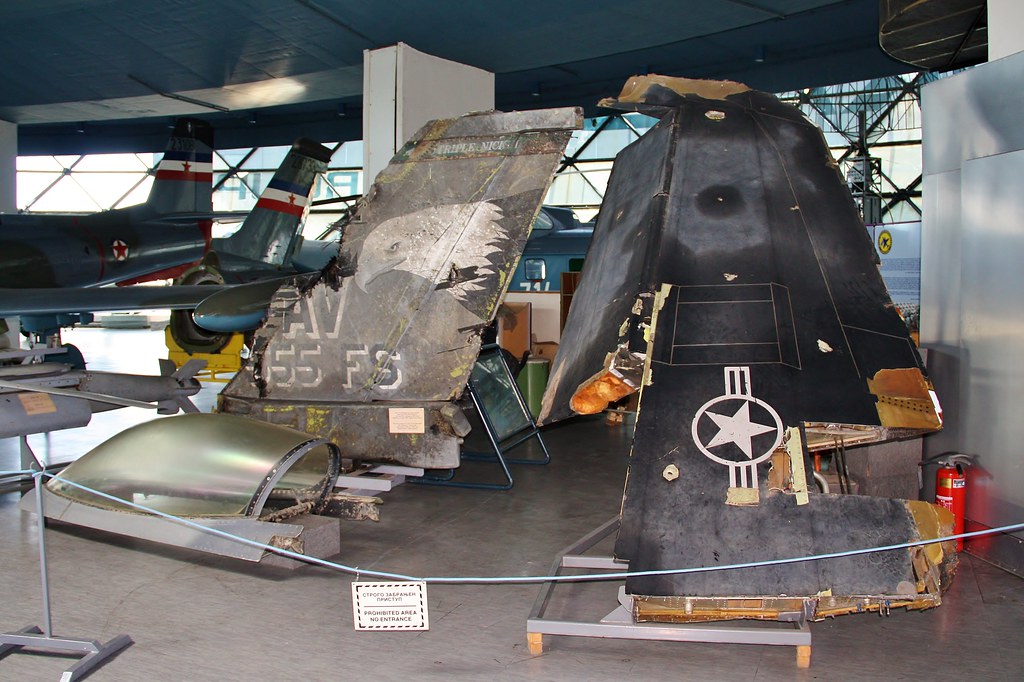Serbia has set its sights on bolstering its military capabilities with the possible procurement of 12 advanced Rafale fighter jets from France.
In an interview with the Serbian Progressive Party on April 6, Serbian President Aleksandar Vučić expressed his admiration for the Rafale, hailing it as “one of the best aircraft in the world” equipped with top-of-the-line radar and missiles.
He emphasized the significance of enhancing Serbia’s combat capabilities through the acquisition of these sophisticated fighter jets. Belgrade is actively engaged in ongoing discussions regarding the acquisition of 12 Rafale fighter jets from France’s Dassault, as confirmed by President Vučić.
He added, “We are determined to buy new aircraft … that would significantly improve our combat capabilities.” The Serbian President is presently on a two-day visit to France.
The meeting scheduled for today, April 8, is poised to delve into the specifics of the potential agreement, which could result in Serbia emerging as the newest customer of the advanced fighter jet.
Apart from discussions on military matters, President Vučić and French President Emmanuel Macron are anticipated to engage in broader talks encompassing various areas of cooperation between Serbia and France.
The agenda includes a dialogue on collaborative efforts in artificial intelligence, highlighting the potential of joint initiatives involving Serbian and French scientists in the development of modern software solutions.
Serbia first declared its interest in acquiring Rafale fighter jets in December 2021, aiming to bolster the capabilities of the Serbian Air Force and Air Defense.
In April 2022, the French weekly financial newspaper La Tribune reported that negotiations between Serbia and Dassault for the procurement of 12 Rafale aircraft had commenced. In 2023, the Serbian President announced at the IDEX 2023 arms fair in Abu Dhabi that his government intended to increase defense spending to procure French fighter jets.
At the time, he cited the deteriorating security situation in Europe following the Russia-Ukraine war as a catalyst to increase defense spending.
Vučić emphasized his government’s commitment to modernize and enhance the capabilities of its armed forces, noting the emergence of a general arms race in Europe. He stressed the importance of possessing a powerful army, highlighting that it may become vital for the state’s survival in the future.
Serbia’s Shift Towards Alternative Suppliers
With one of the largest military forces in the Balkans, Serbia still depends on Soviet-era aircraft like MiG-29 jets and MI-35 helicopter gunships, in addition to utilizing Russian missiles and tanks.
The Serbian military received 10 MiG-29s donated by Russia and Belarus in 2017 and 2021 and subsequently subjected them to various modernization phases.
However, all examples of this aircraft type, including the four inherited from former Yugoslavia, were manufactured between 1987 and 1991 and posed limitations due to their airframe’s 40-year service life.
While MiG offers service life extension on a case-by-case basis, such an option appears questionable due to EU and US diplomatic pressure on Serbia to curtail ties with Russia following its involvement in the war in Ukraine.
Serbia, therefore, is now actively seeking alternative suppliers—a trend that began to take shape after the country applied for European Union membership in 2011. Russia’s invasion of Ukraine has only accelerated this process.
Belgrade has refrained from imposing sanctions on Moscow; however, it has condemned the invasion and declared its support for the territorial integrity of Ukraine.
Serbia has also acquired Chinese anti-aircraft missiles and combat drones. On April 9, 2022, a Chinese Xi’an Y-20A transport aircraft delivered a FK-3 missile defense system to Serbia.
FK-3, an export variant of the HQ-22 utilized by the People’s Liberation Army, is comparable in capability to the US-made Patriot or Russia’s S-300 platforms.
NATO Bombing Of Serbia
Serbia has consistently pursued a policy of military neutrality, with its troops frequently participating in exercises organized by both Russia and NATO. It has also joined NATO’s Partnership for Peace program, which is designed for countries that do not seek membership in the Alliance.
However, Serbia’s history with the NATO alliance is fraught with discord. The memory of NATO’s actions in 1999 lingers in the minds of Serbians when alliance aircraft bombed the country for 78 days in an attempt to compel Yugoslav president Slobodan Milosevic to withdraw troops from Kosovo and allow international peacekeepers in.
This campaign also marked the first instance of NATO using military force without prior approval from the United Nations Security Council.
The war concluded after 10 weeks when Serbia agreed to a peace accord that entailed the withdrawal of Serbian forces from Kosovo and their replacement by NATO peacekeeping troops.
The campaign involved approximately 1,000 aircraft operating from air bases in Italy and Germany, as well as the USS Theodore Roosevelt, an aircraft carrier stationed in the Adriatic Sea.

Despite other ex-Yugoslav countries joining NATO, public sentiment in Serbia remains staunchly opposed to the move. In 2018, Serbian authorities initiated an investigation to ascertain whether depleted uranium bombs were employed during the NATO bombing, potentially explaining a surge in autoimmune diseases.
Nevertheless, a pivotal event during the war bolstered the morale of Serbian forces.
On March 27, 1999, a Yugoslav army unit successfully shot down the F-117 Nighthawk, celebrated as the world’s first operational stealth aircraft, using an SA-3 surface-to-air missile. This incident dispelled the notion of invincibility associated with stealth technology.
- Contact the author at ashishmichel(at)gmail.com
- Follow EurAsian Times on Google News




